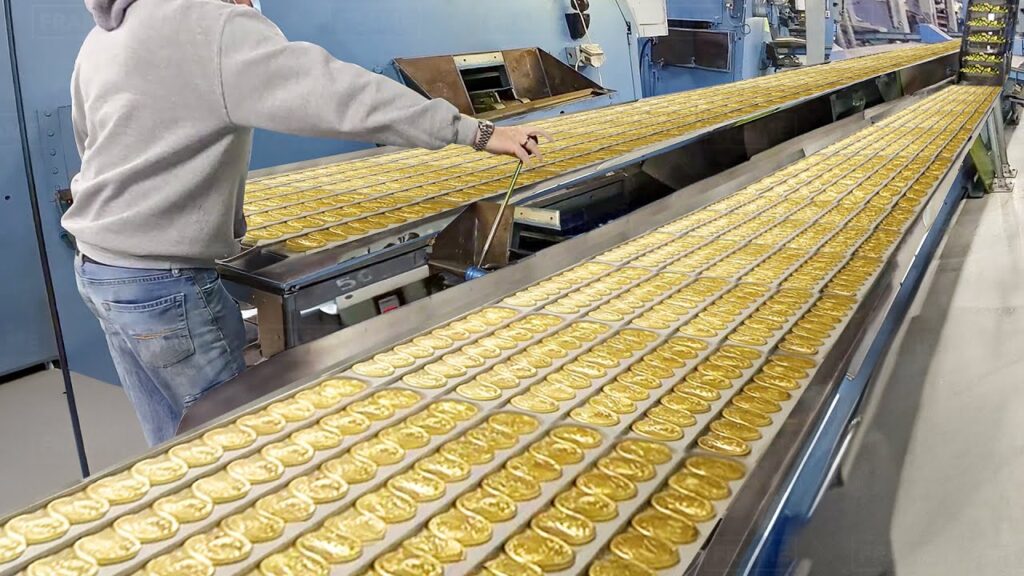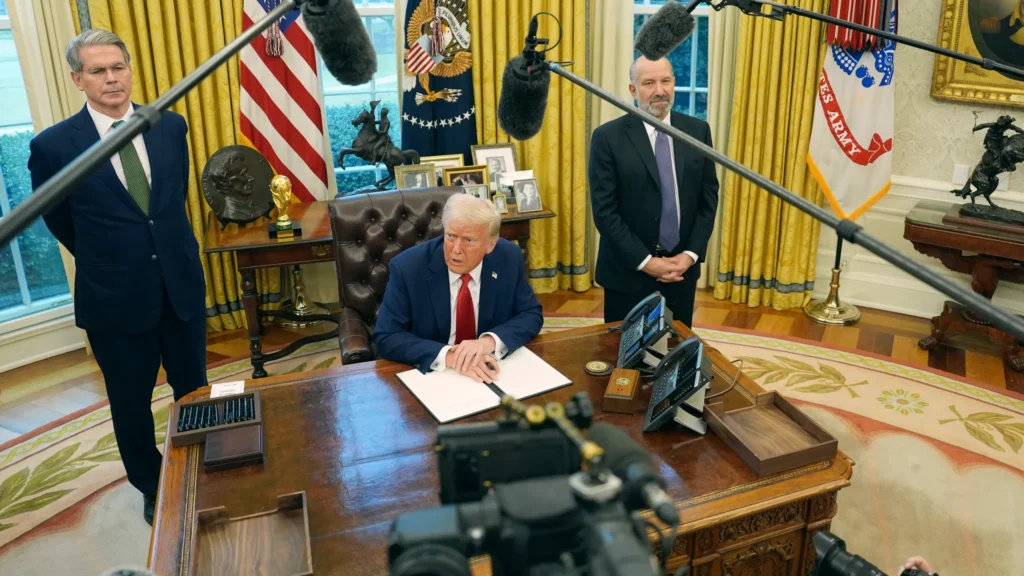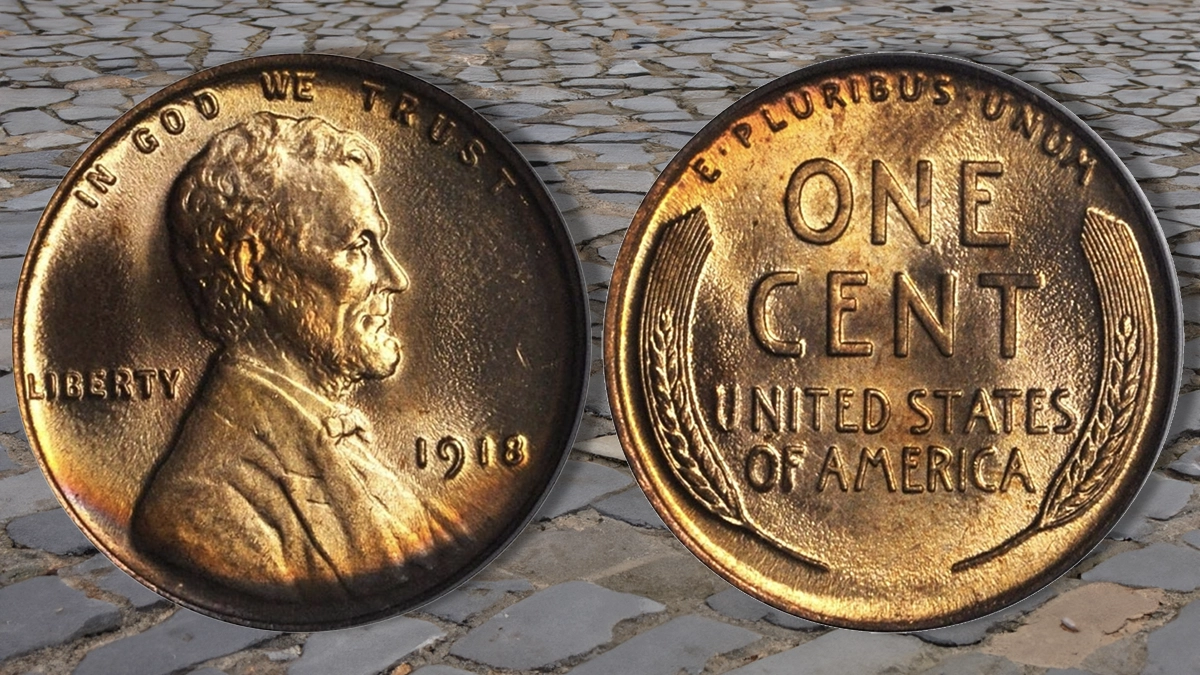Discover why the US Treasury is ending penny production, how this historic decision saves $56 million annually, and what it means for Americans, businesses, and collectors. Explore all details, impacts, and expert insights in this comprehensive guide.
Table of Contents
- Introduction: The Penny’s Last Mint
- Why the US Treasury Is Stopping Penny Production
- The Real Cost of Making a Penny
- How Much Will the Government Save?
- The Trump Administration’s Cost-Cutting Agenda
- What Happens to Existing Pennies?
- Impact on Businesses, Consumers, and the Economy
- Lessons from Other Countries
- The Future of Small Change in America
- The Collector’s Angle: Pennies as Memorabilia
- Frequently Asked Questions
- Conclusion: The End of an American Icon
Introduction: The Penny’s Last Mint

The humble penny, a fixture in American pockets for over 230 years, is about to become history. In a landmark move, the US Treasury has announced it will stop minting new pennies, a decision projected to save the government $56 million annually. This bold step, driven by rising production costs and a push for fiscal efficiency, marks the end of an era for the iconic one-cent coin.
Why the US Treasury Is Stopping Penny Production

The decision to discontinue penny production is rooted in simple economics: it costs far more to make a penny than the coin is worth. President Donald Trump, in a widely discussed social media post, called the process “wasteful” and instructed the US Mint to halt new penny production. The Treasury’s final order for penny blanks has already been placed, and minting will cease once current stocks are depleted.
Key Drivers Behind the Move:
- Production Cost Exceeds Value: Each penny costs about 3.7 cents to produce—nearly four times its face value.
- Annual Losses: For 19 consecutive years, the penny has cost the government more than it’s worth.
- Modern Payment Trends: With digital payments on the rise and less than 20% of transactions in cash, the penny’s utility is diminishing.
- Global Precedent: Countries like Canada, Australia, and New Zealand have already phased out their smallest coins, with minimal disruption.
The Real Cost of Making a Penny
The penny’s composition—97.5% zinc and 2.5% copper—makes it particularly expensive to produce. Raw material prices, especially for zinc, have climbed sharply, and additional costs for labor, minting, and distribution push the total to nearly 3.7 cents per coin.
Comparative Costs:
| Coin | Face Value | Production Cost (2024) | Loss per Coin |
|---|---|---|---|
| Penny | $0.01 | $0.037 | $0.027 |
| Nickel | $0.05 | $0.138 | $0.088 |
| Dime | $0.10 | Profitable | N/A |
Source: US Mint, 2024
How Much Will the Government Save?
By discontinuing the penny, the US Treasury expects to save approximately $56 million annually in material and production costs alone. Additional savings are anticipated as minting facilities adjust and streamline operations.
Breakdown of Savings:
- Material Costs: Reduced demand for zinc and copper
- Labor and Distribution: Lower operational expenses for the US Mint
- Administrative Efficiencies: Facility usage and supply chain adjustments
The Trump Administration’s Cost-Cutting Agenda

Ending penny production is part of a broader Trump administration initiative to slash government waste and reduce the federal deficit. President Trump has repeatedly criticized the penny as a symbol of inefficiency and has tasked the Department of Government Efficiency, led by Elon Musk, with identifying areas for savings across federal operations.
“I have instructed my Secretary of the US Treasury to stop producing new pennies. Let’s rip the waste out of our great nation, even if it’s one penny at a time.”
— President Donald Trump.
What Happens to Existing Pennies?
Existing pennies will remain legal tender, meaning Americans can still use them for purchases. However, with no new pennies entering circulation, their presence will gradually diminish. Retailers handling cash transactions will begin rounding totals to the nearest nickel, a practice already common in countries that have eliminated their smallest coins.
- No Immediate Recall: Pennies will not be recalled; they will simply phase out over time.
- Legal Tender Status: All existing pennies can still be spent, deposited, or exchanged.
- Rounding Rules: Businesses may round cash transactions up or down to the nearest five cents.
Impact on Businesses, Consumers, and the Economy

For Businesses:
- Cash Handling: Retailers will need to adjust point-of-sale systems for rounding.
- Accounting: Minor updates to accounting and cash reconciliation processes.
For Consumers:
- Minimal Impact: Most cash transactions will be rounded up or down by a few cents.
- Digital Payments: No effect on electronic transactions, which already process exact amounts.
For the Economy:
- Inflation Concerns: Studies from other countries show negligible impact on prices or inflation.
- Nickel Demand: Potential for increased demand for nickels, which are also produced at a loss.
Lessons from Other Countries
Canada, Australia, and New Zealand have all successfully eliminated their lowest-denomination coins. Their experiences show:
- Smooth Transition: Minimal confusion or disruption after phasing out the coins.
- Public Acceptance: Most consumers quickly adapted to rounding rules.
- No Price Rounding Abuse: Research found no significant evidence of businesses rounding prices unfairly.
The Future of Small Change in America
With the penny’s demise, attention may turn to the nickel, which costs nearly 14 cents to produce—almost triple its face value. Treasury officials have indicated plans to explore cheaper materials for nickels, while dimes and quarters remain profitable for the Mint.
Possible Next Steps:
- Material Changes: Adjusting coin composition to reduce costs.
- Further Denomination Reviews: Assessing the long-term viability of nickels.
The Collector’s Angle: Pennies as Memorabilia
As the penny exits production, its value as a collectible may rise. Coin collectors and hobbyists are already expressing interest in preserving rolls of uncirculated pennies or rare editions. Niche businesses, such as souvenir penny press machines, may also be affected, prompting some to stockpile coins for future use.
Frequently Asked Questions
Q: When will the last penny be minted?
A: The US Mint will stop production as soon as the current stock of penny blanks runs out, likely by early 2026.
Q: Can I still use pennies after production stops?
A: Yes, all existing pennies remain legal tender and can be used for purchases.
Q: Will prices increase due to rounding?
A: Evidence from other countries suggests no significant impact on overall prices or inflation[.
Q: What happens to businesses that rely on pennies?
A: Some niche businesses, such as souvenir penny machines, may need to adapt or seek alternative solutions.
Conclusion: The End of an American Icon
The US Treasury’s decision to stop minting pennies is a historic milestone, driven by economic logic and the realities of a changing payment landscape. With annual savings of $56 million, the move reflects a broader push for government efficiency and modernization. While the penny’s absence may take some getting used to, America’s transition to a “pennyless” future is set to be smooth, practical, and ultimately beneficial for taxpayers and the economy alike.
Ready to share your thoughts? Comment below—will you miss the penny, or is it time for America to move on?









